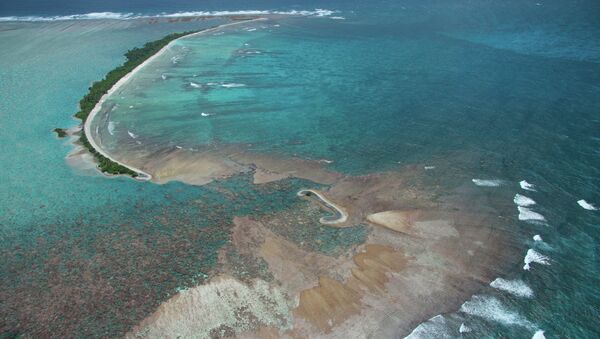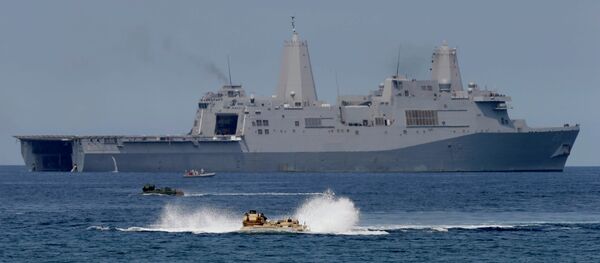The Guano Islands Act And Its Territorial Legacy
The US passed the GIA in 1856 and it's still in force to this day. During that time, guano (or bird droppings) was a prized fertilizer that was much in demand all across the world, and thus, it was viewed as a strategic resource much as how certain metals are seen today. According Cornell University's Law School, which has a digital copy of the Act:
"Whenever any citizen of the United States discovers a deposit of guano on any island, rock, or key, not within the lawful jurisdiction of any other government, and not occupied by the citizens of any other government, and takes peaceable possession thereof, and occupies the same, such island, rock, or key may, at the discretion of the President, be considered as appertaining to the United States."
This unilateral decree was exploited to eventually provide the United States government with control over a handful of islands, most of which lay in the Western Pacific. Of these, excluding the two that are currently administered by American Samoa and Hawaii, they form the US Minor Outlying Islands, a legally peculiar category of American-controlled territory (which includes Wake Island, a non-Guano-gained territory). Some of the names are familiar to Americans, such as Johnston Atoll, known for its nuclear testing, and Midway, the World War II battle of which would turn the tide in the Pacific theater against Imperial Japan. Nowadays, all of the US Minor Outlying Islands, with the exception of Midway, are part of the Pacific Remote Islands Marine National Monument, a gigantic nature preserve protected by the American government.
The Trust Territory Of The Pacific Islands
The whole reason they were given to the US at the time was because the country liberated them during World War II, using its Guano Act-acquired base in Midway (which was heroically defended during the legendary 1942 battle) to ‘leap frog' across the Pacific all the way up to the Japanese Home Islands. Tokyo, for its part, had earlier controlled this vast and strategic territory after World War I as a result of the South Pacific Mandate (called Nanyo by the Japanese) given to it by the League of Nations, which simply handed Japan a large chunk of the former colony of German New Guinea. Prior to German control, this territory was occupied by Spain.
At the time that they were controlled by Imperial Japan, these islands provided strategic depth and served as a springboard for the Empire's other conquests further afield. When they passed hands to the US, their importance remained the same, in that Washington could utilize their position for strategic depth in the Pacific and as a pivotal point from which to project power deeper into Asia's other insular areas. Even though Japan was immediately occupied after the war (and remains so today in all but legal form) and the Philippines have been an anchor of American influence ever since their colonization in 1898, the US depended on the Trust Territory to maintain its influence by providing a solid ‘rear guard' of naval support in the event that something unexpected happened to its direct control over these aforementioned countries and it chose to reconquer them.
By the late 1970s and early 1980s, the Trust Territory began moving towards self-government, and three of its four members eventually received their independence in 1986 (the Marshall Islands and Micronesia) and 1994. But, however, this didn't mean that the US had surrendered its military position in these island chains, as nothing in fact has changed in this regard since the time of their formal occupation.
Proxy Control Of The Western Pacific
As part of the deal for their independence, these three countries entered into something called a "Compact Of Free Association" (COFA) with the US. It's basically a deal whereby the US gives them money and access to social services in exchange for having full control over their "defense" (i.e. continuing the same military occupation as before). Through COFA, the US continues to retain control over this large part of the Pacific (nearly the size of the mainland United States) via barely concealed proxy, which is becoming all the more important in recent years as the US recommits 60% of its naval forces to Asia as part of its ‘pivot' against China.
With the US in COFA control over these last two countries, it has the ultimate fall back plan in case the grandiose ‘Pivot to Asia' falls flat on its face, perhaps if the Japanese finally come to their pacifistic senses and the Philippines fall apart. And, if one remembers the history that they just learned, this whole security architecture owes its thanks to Midway, which the US unilaterally seized over a century ago in search of bird droppings.
The views expressed in this article are solely those of the author and do not necessarily reflect the official position of Sputnik.





